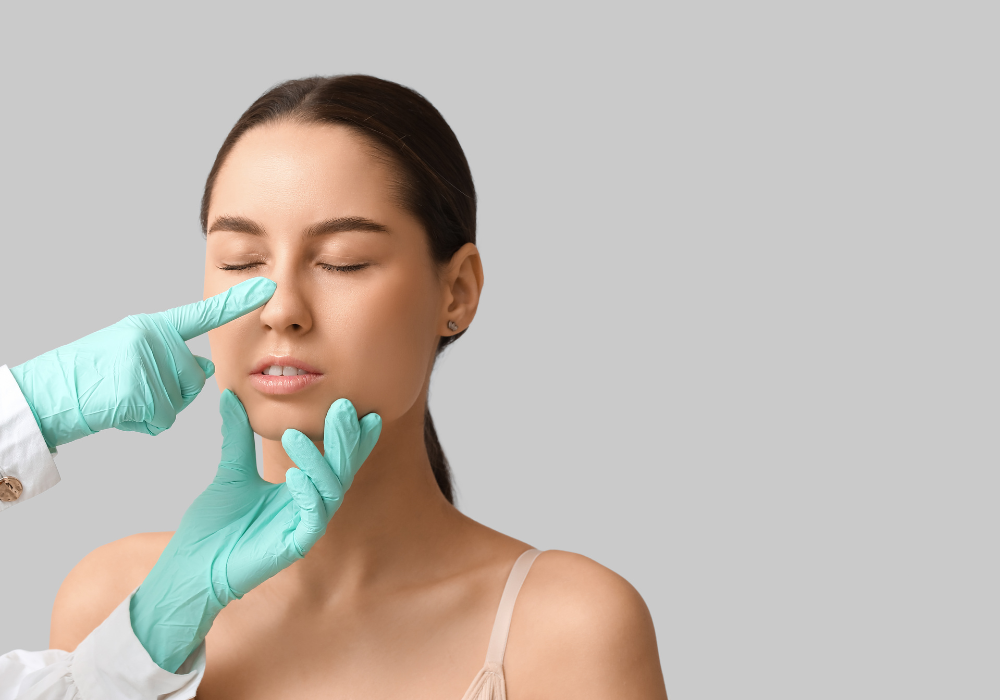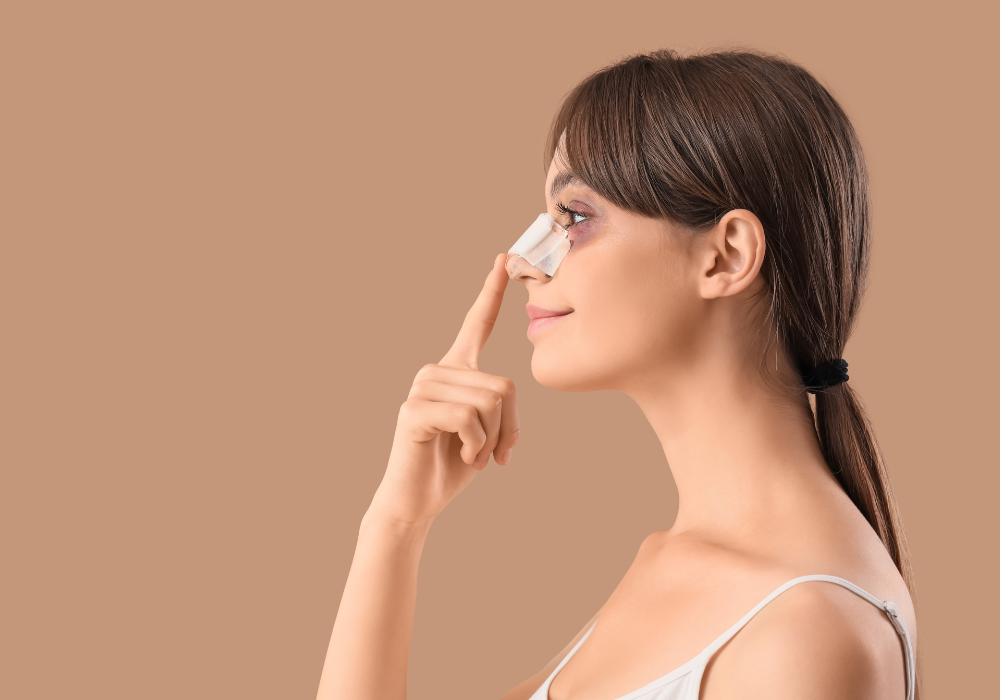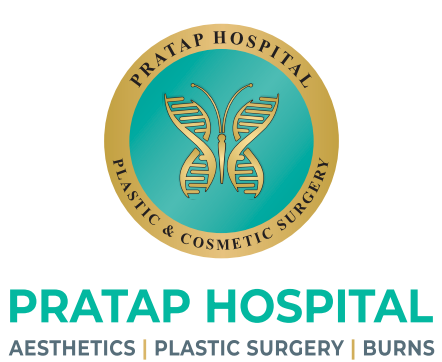
- Home
- About
- Surgical
- Non Surgical
- Burns
- Cranio-maxillofacial surgery
- Gallery
- Contact
Skin Grafting — Restoring Coverage, Healing & Aesthetics Through Surgical Precision
Advanced Skin Grafting at Pratap Hospital, led by Dr. Pratap Duggirala (M.S., M.Ch) offers world-class reconstructive solutions for patients with wounds, burns, trauma, or tissue loss requiring reliable skin coverage.
With over 15 years of expertise in burns, trauma reconstruction, microvascular surgery, and soft-tissue restoration, Dr. Pratap is widely recognized for delivering stable, aesthetic, and function-preserving skin grafting outcomes.
Patients choose Pratap Hospital because Dr. Pratap combines microsurgical finesse, deep wound understanding, and artistic reconstruction skills to restore the skin barrier, enhance healing, and improve long-term results.
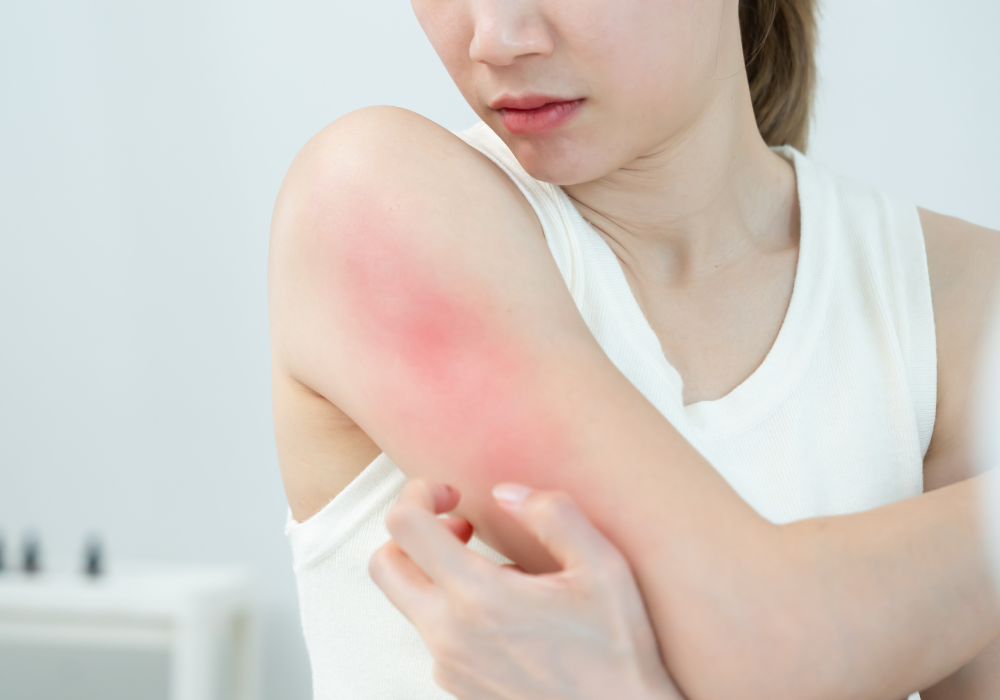
- Overview
- Why People Choose Dr. Pratap for Skin Grafting
- Pre-Surgical Evaluation
- Surgical Techniques Used
- The Surgical Process
- Frequently Asked Queries
Skin grafting is a reconstructive procedure where healthy skin is taken from one part of the body (donor site) and transplanted to another area that has lost skin due to:
Burns
Trauma or accidents
Chronic wounds
Infection (e.g., necrotizing fasciitis)
Post-tumor excision defects
Surgical wounds that cannot close primarily
Skin grafting helps restore:
Wound coverage
Protection from infection
Faster healing
Function and appearance
Ability to move joints and prevent contractures
It is an essential part of reconstructive surgery, especially in burns and trauma — areas where Dr. Pratap excels.
✓ Leading Specialist in Burns & Reconstructive Surgery
Years of experience in acute burns, contracture release, trauma reconstruction, and microvascular surgery make him one of the most trusted experts.
✓ High Success Rates with Excellent Graft Take
Through meticulous wound preparation and precise graft placement, graft survival is significantly optimized.
✓ Customized Graft Selection Based on Wound Needs
(Thin, thick, split-thickness or full-thickness grafts)
✓ Expertise in Managing Complex & Large Wounds
Ideal for:
Electrical burns
Crush trauma
Degloving injuries
Exposed tendons or bone
✓ Aesthetic & Functional Focus
The goal is not just to close the wound but to:
Reduce scarring
Maintain contour
Preserve joint movement
Improve long-term appearance
✔ Wound Assessment
Depth and size
Infection control
Tissue viability
Vascularity of the recipient site
✔ Donor Site Selection
Choosing areas where skin quality matches the wound requirement.
✔ Preparation of the Wound Bed
Includes:
Debridement
Infection clearance
Ensuring adequate blood supply
✔ Burn & Trauma-Specific Planning
Considering:
Contracture risk
Joint involvement
Future reconstructive needs
✔ Patient Counseling
Explaining:
Graft recovery
Donor site healing
Long-term scar expectations
• Split-Thickness Skin Graft (STSG)
Ideal for large wounds & burns.
Includes epidermis + part of dermis.
Advantages:
Large coverage
High survival
Faster donor-site healing
• Full-Thickness Skin Graft (FTSG)
Used for:
Face
Eyelids
Lips
Hands
Functional areas requiring better texture
Provides superior cosmetic results.
• Meshed Grafts
Allows expansion for wide wounds and fluid drainage.
• Sheet Grafts
Used for aesthetic regions — leaves minimal mesh pattern.
• Dermal Substitute + Skin Graft
For deep wounds with exposed bone or tendon.
• Graft Over Flap / Post-Flap Refinement
Used when staged reconstruction is required.
Step 1: Preparation
Wound cleansing
Removal of dead tissue
Ensuring a healthy, bleeding wound bed
Step 2: Harvesting the Graft
Using a dermatome (for STSG)
Or surgical blade (for FTSG)
Shaping graft to fit wound contours
Step 3: Graft Placement
Securing with fine sutures/staples
Ensuring smooth, bubble-free contact
Applying gentle compression dressing
Step 4: Donor Site Dressing
Special dressings to minimize pain and promote fast healing.
Step 5: Post-Operative Care
Elevation and immobilization
Regular monitoring of graft take
First dressing change after 4–5 days
Scar management and physiotherapy
Healing:
Graft site: 5–10 days
Donor site: 10–14 days
1. Will the skin graft look natural?
Yes. With proper technique and healing, grafts blend well and improve over time.
2. Does donor site leave a scar?
Minimal and usually fades significantly, especially in STSG.
3. How long does graft healing take?
Most grafts take within 5–7 days, depending on circulation and wound health.
4. Can grafts be placed over bone or tendon?
Yes, but may require flap coverage or dermal substitutes first.
5. What if the graft doesn’t take?
Rare, but if it happens, re-grafting or flap reconstruction can be done.
6. Is skin grafting painful?
Pain is minimal and well-managed; donor site may feel like a superficial burn.
Book a Consultation
If you’re considering rhinoplasty for aesthetic enhancement or breathing improvement, schedule a consultation at Pratap Hospital today.
Our team will guide you through every step — from evaluation and planning to surgery and recovery — ensuring safe, effective, and natural results.
📍 Pratap Hospital — Reconstructive, Aesthetic & Microsurgery Centre
📞 Call / WhatsApp: +91 94929 69899
📧 Email: drpratapshospital@gmail.com
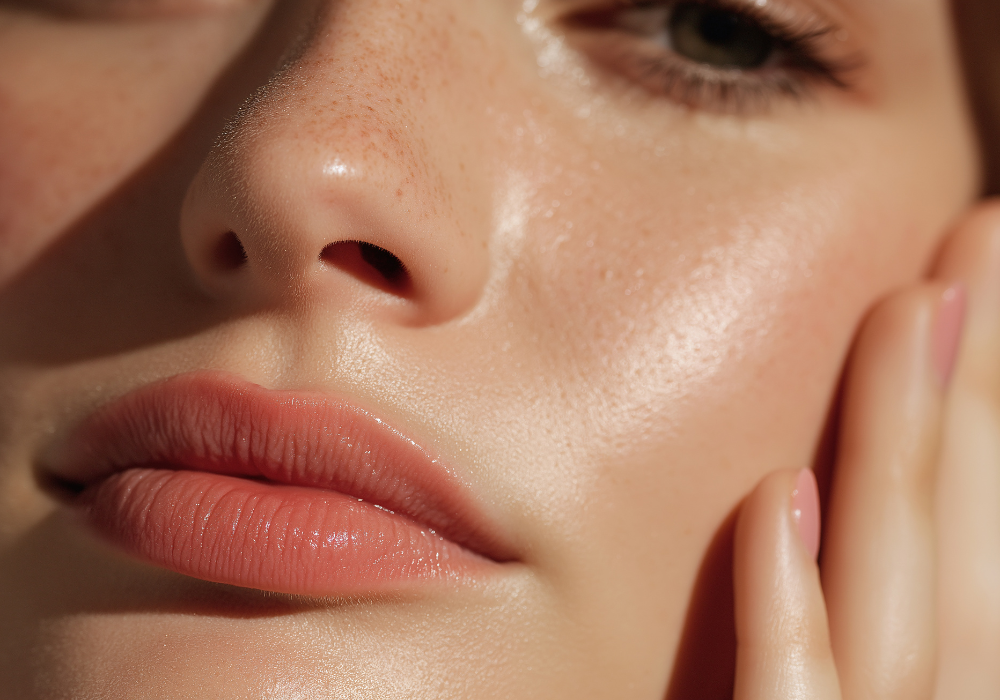
Before And After Results
